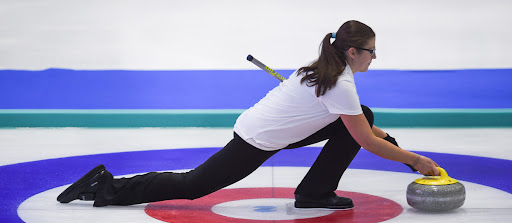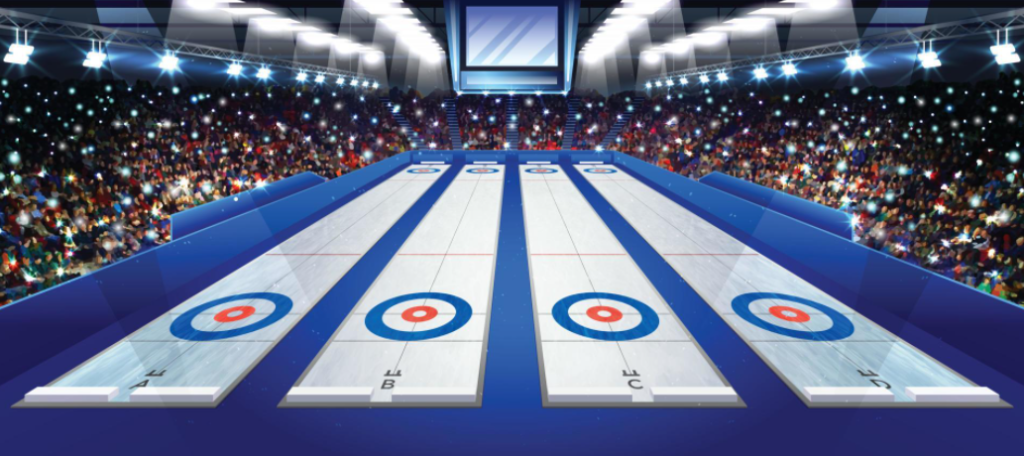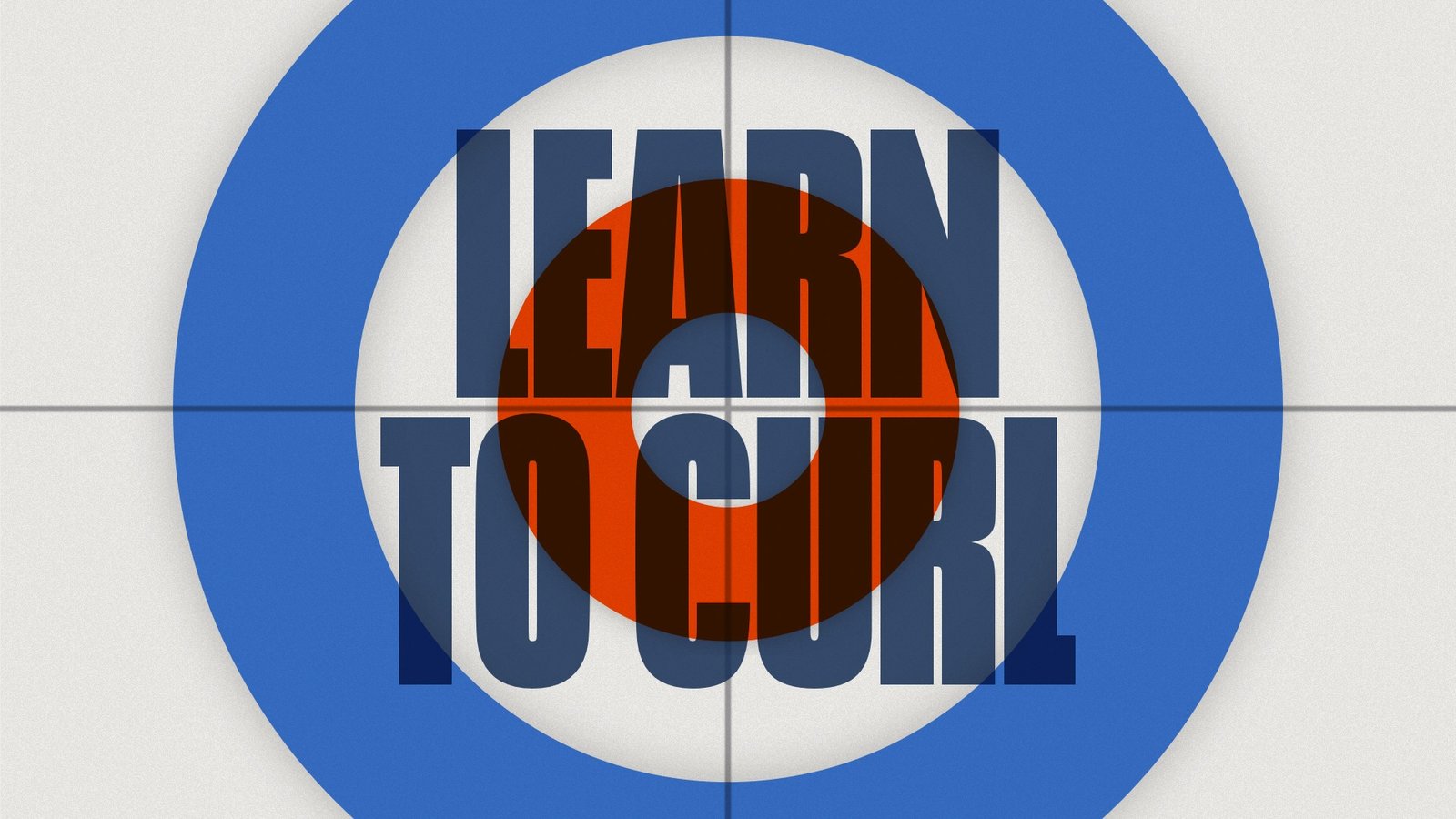The vice-skip is the player that holds a curling team together. Also known as the “third”, they are the glue between the front end and the skip and have to throw a wide variety of shots. Often this is to try and score, but this could also be to get their team out of trouble if an end hasn’t gone to plan. Clearly, without a strong vice, it’s going to be hard to win a game of curling!

During the stones thrown by the lead and the second, the vice will be sweeping. They then throw their teams fifth and sixth stones, before going down to the house to “hold the broom” for the skip. This means taking the skip’s place while they travel to the other end of the sheet to throw the final stones of the end.
This just shows the flexibility required from a vice…they have to be good sweepers, throw good shots of their own, and then stand in the house and make vital decisions during the skip’s shots. Together with the skip the vice forms the “back end”, and they are the ones responsible for discussing strategy and communicating the game plan to the “front end”. You will often see the vice passing on messages throughout the team, as they are the link that keeps everyone on the same page.

There are a few other things that are often expected of the vice. In most teams, the vice is responsible for putting points up on the scoreboard and signing the scorecard after each game. This is because after each end, it is the vice-skips who discuss the final stone placements and the resulting score.
99% of the time it is clear who the points should be awarded to and this is just a formality, but sometimes the vice-skips will not agree! In this instance, they can call for a measure and the umpire will use a measuring apparatus to settle the standoff.

Some players really enjoy the variety that vice brings. It also means that you will throw some important stones, but with the comfort of knowing that there are still two more to come from the skip if they don’t quite go right. Examples of some world-class vice-skips include Kaitlyn Lawes, Oskar Eriksson, and Mark Nichols. Overall it is clear to see why so many players love playing vice, but it’s easy to understand why some argue that it is the hardest position to master.
For more on curling terminology, visit our glossary page!
Hopefully you might like to come and give curling a try.
For a one-off session, visit our Try Curling page to book a two hour session for yourself, or bring friends and family.
Alternatively, you could book a place on one of our Learn To Curl courses which run over a series of 4 weekly two hour sessions.


